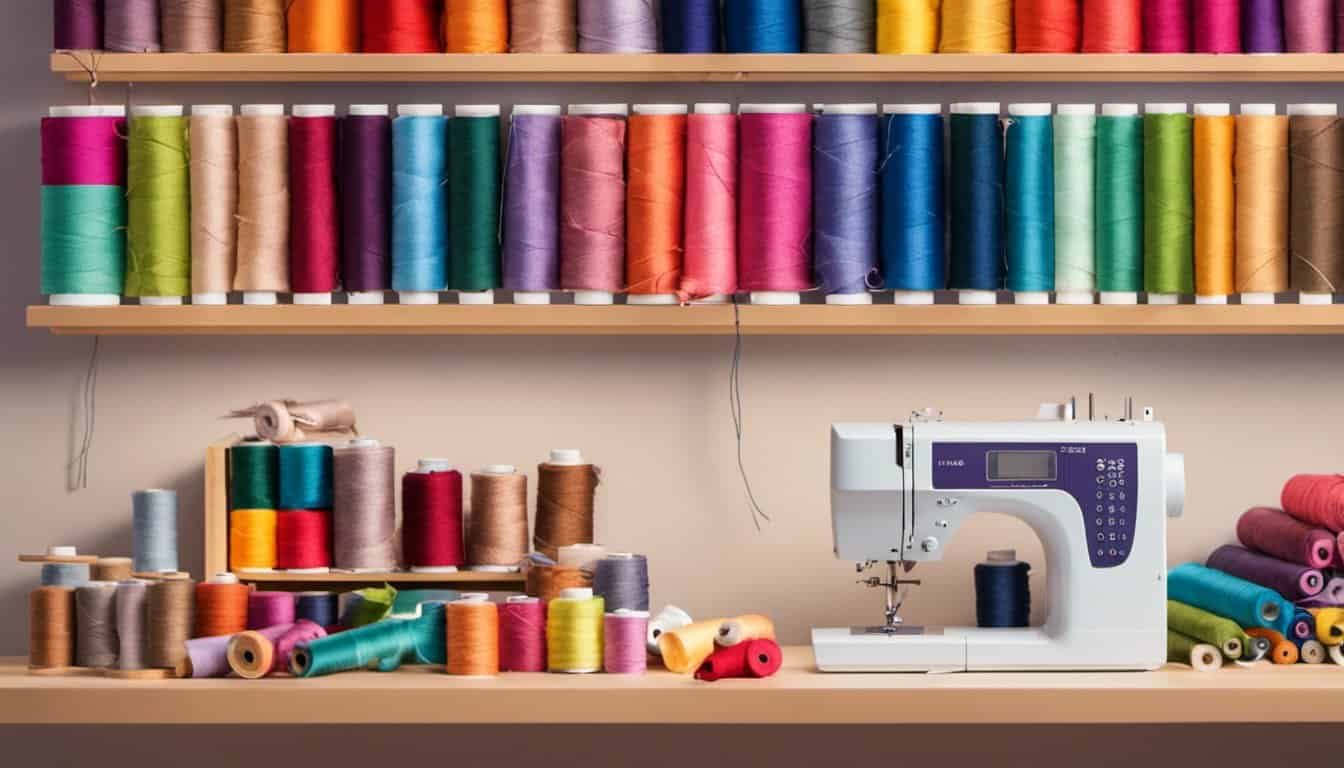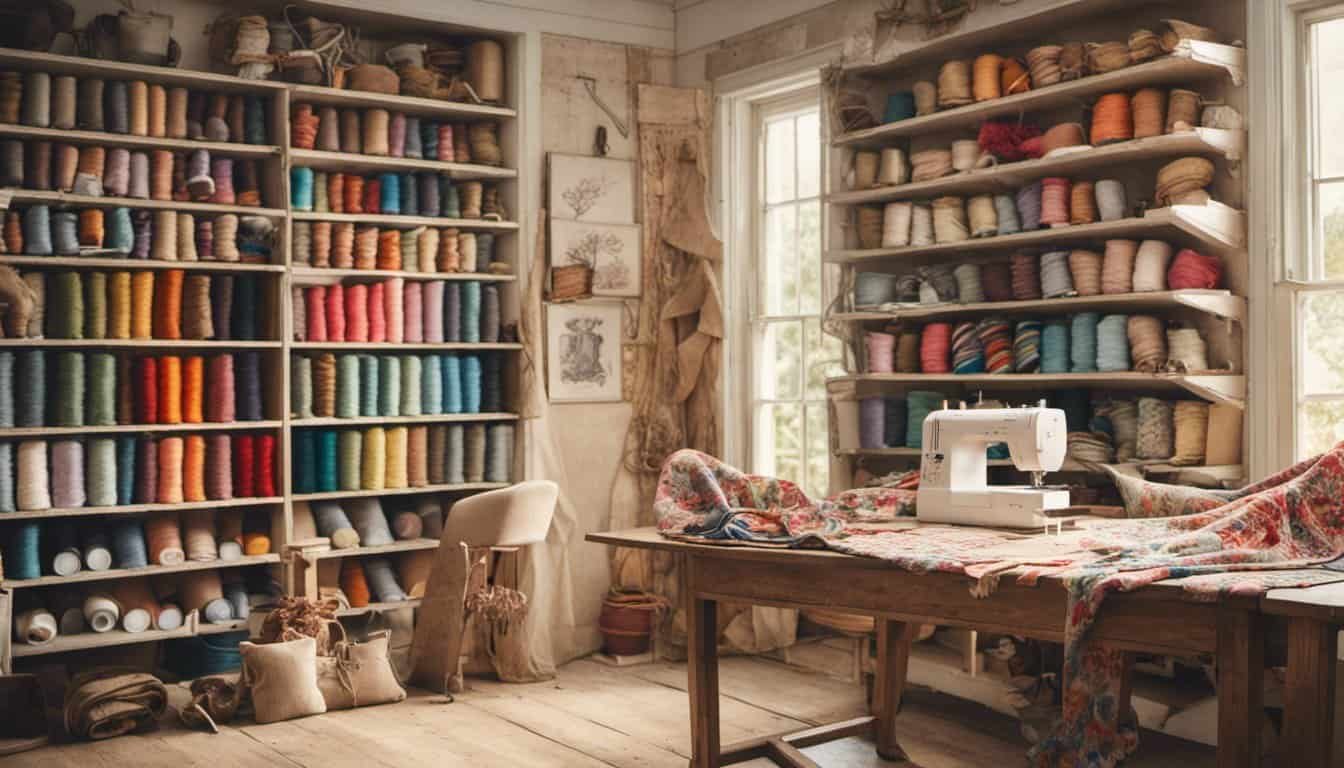Starting a sewing project on the right foot means giving your fabric the attention it deserves. I remember my first attempt at pressing fabric—it made all the difference between a neat garment and a frustrating experience. Pressing isn’t just ironing; it’s a crucial step that sets the foundation for your sewing success.
In this beginner’s guide, I’ll walk you through the essentials of pressing fabric before you sew. From choosing the right tools to mastering the techniques, you’ll gain the confidence to prep your materials like a pro. Let’s make your next sewing project smoother and more enjoyable by mastering the art of pressing fabric.
Importance of Pressing Fabric
- Preventing fabric from shifting during stitching, ensuring accurate sewing.
- Creating professional-looking seams, providing a polished finish to projects.
- Enhancing fabric appearance by removing wrinkles and smoothing edges for easier handling.
- Ensuring proper garment fit by setting seams, leading to better overall structure and comfort.
Tools and Materials Needed
Before pressing fabric, gather the essential tools and materials. These items ensure effective and precise pressing for your sewing projects.
Types of Irons
Steam irons deliver consistent heat and moisture, perfect for cotton, linen, and polyester fabrics. Dry irons provide high heat without steam, ideal for delicate materials like silk and satin. Specialty irons, such as cordless and garment irons, offer flexibility and ease when maneuvering around intricate seams and hems.
Ironing Boards
A sturdy ironing board with an adjustable height promotes comfortable pressing positions, reducing strain during long sewing sessions. Features like sleeve attachments and heat-resistant surfaces enhance functionality, allowing you to press different garment parts efficiently. Portable ironing boards save space and are convenient for small work areas or on-the-go projects.
Step-by-Step Pressing Techniques
Mastering pressing techniques ensures your sewing projects look professional and polished. Follow these steps to achieve the best results.
Preparing the Fabric
Before pressing, prepare your fabric to achieve optimal results.
- Wash and Dry: Always wash and dry your fabric according to the care instructions. This removes any sizing and prevents future shrinkage.
- Iron Damp: If possible, press your fabric while it’s slightly damp. It makes removing wrinkles easier and yields smoother finishes.
- Set Up Ironing Board: Adjust your ironing board to a comfortable height. Ensure it’s stable to maintain consistent pressure during pressing.
- Use the Right Iron Temperature: Check the fabric label and set your iron to the appropriate temperature. High heat for cotton, medium for polyester blends, and low for delicate fabrics like silk.
- Apply Steam: Utilize the steam function on your iron for stubborn wrinkles. Steam penetrates deeper fibers, ensuring thorough pressing.
Pressing Different Seams
Different seams require specific pressing techniques to enhance garment structure and appearance.
- Flat Seams: Press seams open to create a flat surface. Align the seam allowances and press from the center outward to eliminate bulk.
- French Seams: For a clean finish, press the first seam open. Fold the fabric and press again before the final stitching to encase the raw edges.
- Zigzag Seams: Press zigzag seams to one side. This maintains flexibility in stretch fabrics and prevents puckering.
- Facing Seams: Press the facing seam towards the fabric. This reinforces edges and ensures a neat appearance in finished garments.
- Piping Seams: Press piping seams carefully, following the piping’s insertion to maintain shape and definition.
By following these techniques, your sewing projects will benefit from crisp, professional-looking seams and a polished overall finish.
Common Mistakes to Avoid
Pressing fabric incorrectly can lead to frustration and affect your sewing project’s outcome. Here are common mistakes I often see beginners make:
- Using the Wrong Iron Temperature
Setting your iron too high damages delicate fabrics, while too low leaves wrinkles unremoved. Always check the fabric care label and adjust the temperature accordingly.
- Skipping Fabric Preparation
Pressing unwashed fabric can lock in stains and wrinkles. I always wash and dry my fabric before pressing to ensure a clean, smooth surface.
- Neglecting to Use an Ironing Board
Pressing on uneven surfaces like a table creates unwanted creases. A sturdy, adjustable ironing board provides the necessary support for even pressing.
- Ignoring Steam Settings
Steam helps eliminate stubborn wrinkles and relax fabric fibers. I use the steam function for cottons and linens but turn it off for synthetic or delicate materials.

- Pressing Instead of Ironing
Pressing means applying quick, firm movements without sliding the iron, which prevents stretching the fabric. I focus on pressing rather than ironing to maintain fabric integrity.
- Overloading the Iron
Pressing multiple layers at once might seem efficient, but it can create uneven pressure and residual wrinkles. I press one layer at a time for the best results.
- Failing to Lift the Pressing Tool
Leaving the iron in one place can scorch or imprint the fabric. I move the iron smoothly and lift it after each press to avoid marks.
- Not Allowing Time to Cool
Setting seams before the fabric cools causes them to lose their shape. I let the fabric cool completely after pressing to ensure permanent, crisp lines.
Avoiding these mistakes enhances your pressing technique, leading to professional-looking sewing projects.
Tips for Best Results
- Choose the Right Iron Temperature
« How to Clean Your Sewing Machine: A Starter Guide – 7 Essential Tips You Can’t Miss
10 Genius Tips for Setting Up Your Sewing Space: Perfect for Small Areas »
Set the iron to match your fabric type. Delicate materials require lower heat to avoid damage, while cotton can handle higher temperatures for a crisp finish.
- Use a Quality Ironing Board
A sturdy, well-padded ironing board provides a stable surface. Adjustable height and additional features like sleeve attachments enhance comfort during long sessions.
- Press While the Fabric Is Slightly Damp
Ironing damp fabric helps wrinkles release smoothly. If the fabric dries completely, lightly mist it with water before pressing for better results.
- Apply Steam Effectively
Utilize the steam function for stubborn wrinkles. Hold the iron slightly above the fabric and let the steam penetrate without touching the material directly.
- Press Seams Strategically
Focus on pressing seams open or to one side as required by your sewing pattern. For example, pressing flat seams ensures a neat, professional appearance.

- Keep the Iron Moving
Move the iron continuously to prevent scorching or creating shiny spots on the fabric. Smooth, steady motions yield the best results.
- Press in the Correct Order
Start with edges and smaller sections before moving to larger areas. This approach maintains fabric alignment and prevents shifting during pressing.
- Allow Fabric to Cool Before Handling
Let the pressed fabric cool completely to set the shape. Handling it while still warm can cause wrinkles to reappear.
- Use Pressing Aids When Necessary
Tools like pressing cloths or tailor’s hams help achieve precise results. They protect delicate fabrics and maintain curves and edges effectively.
- Maintain Your Iron Properly
Regularly clean the iron’s soleplate and check for proper steam functionality. A well-maintained iron ensures consistent pressing performance.

Conclusion
Starting my sewing projects was daunting but mastering the art of pressing fabric made all the difference. It’s amazing how a few simple steps can elevate the quality of my creations.
Now every piece I make looks polished and professional. I’m excited to continue improving my skills and see where this journey takes me.

















